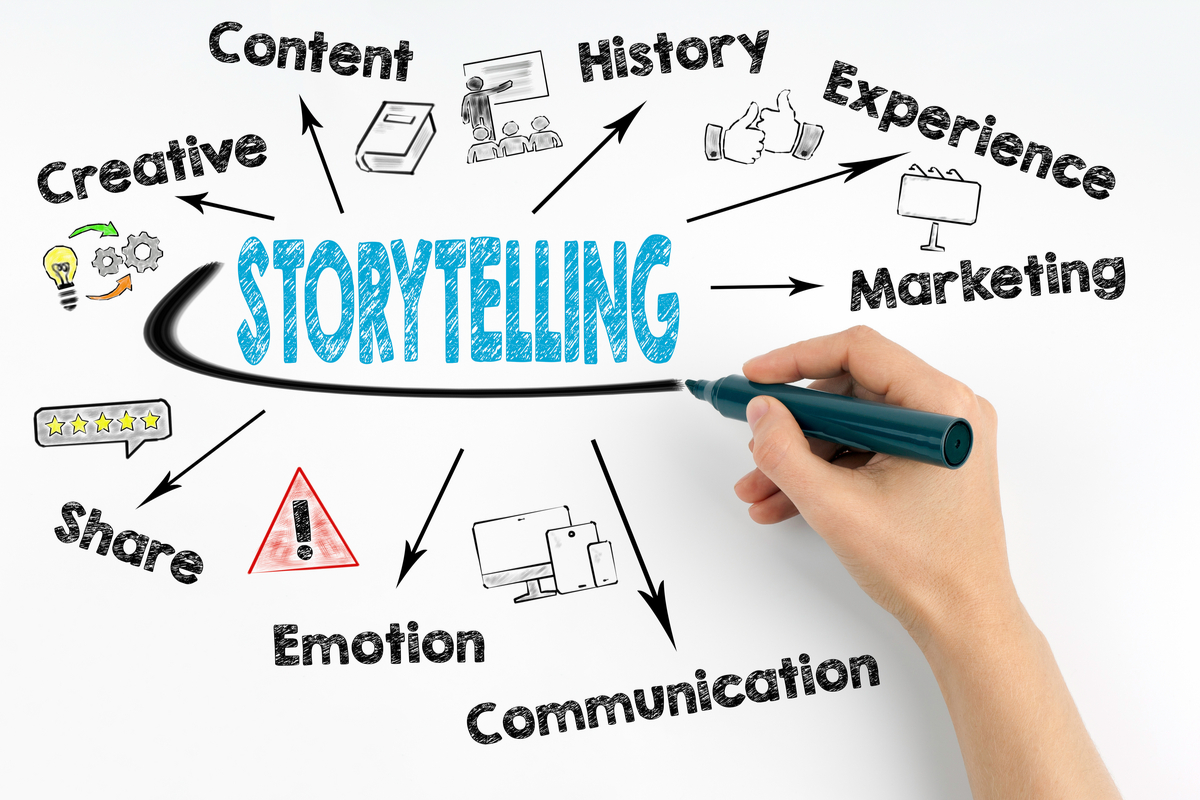
FAQ About Storytelling
Storytelling
2 years ago | gizem
What is the significance of symbolism in storytelling?
Symbolism in storytelling is a powerful literary technique that uses symbols, objects, characters, or elements to represent deeper meanings, themes, or concepts within the narrative. It adds depth, complexity, and layers of interpretation to the story, inviting readers or viewers to engage with the text on multiple levels. The significance of symbolism in storytelling includes:
- Enhancing Themes: Symbols can encapsulate complex themes and ideas in a tangible, relatable form. They help convey abstract concepts in a more accessible way.
- Subtext and Depth: Symbols add subtext to the narrative, allowing readers to explore underlying emotions, conflicts, and ideas that might not be explicitly stated.
- Emotional Impact: Symbols evoke emotions and connections that resonate with readers' personal experiences and cultural associations.
- Universality: Symbols often have universal significance, transcending cultural boundaries and making stories relatable to diverse audiences.
- Metaphorical Language: Symbols act as a form of metaphorical language, offering creative ways to communicate ideas that might be difficult to express directly.
- Foreshadowing: Symbols can foreshadow events or developments, hinting at what's to come in the story.
- Characterization: Symbols can reflect characters' traits, motivations, or transformations, adding depth to their arcs.
- Setting and Atmosphere: Symbols can set the tone, mood, and atmosphere of a story by representing the physical environment.
- Reader Engagement: Readers become active participants, interpreting symbols and searching for deeper meanings, leading to a more immersive experience.
- Interpretation: Different readers may interpret symbols in different ways, fostering discussions and diverse viewpoints.
- Cultural Context: Symbols can be tied to specific cultural or historical contexts, enriching the story's authenticity and providing layers of meaning.
- Memorability: Well-executed symbols can make a story more memorable, as they leave a lasting impression on readers.
- Narrative Cohesion: Repeated symbols or motifs create cohesion and unity within the story, tying together various elements.
- Subtle Commentary: Symbols can provide commentary on societal issues, moral dilemmas, or philosophical concepts without overt statements.
- Artistic Expression: For writers, using symbolism allows for creative expression beyond straightforward narrative techniques.
